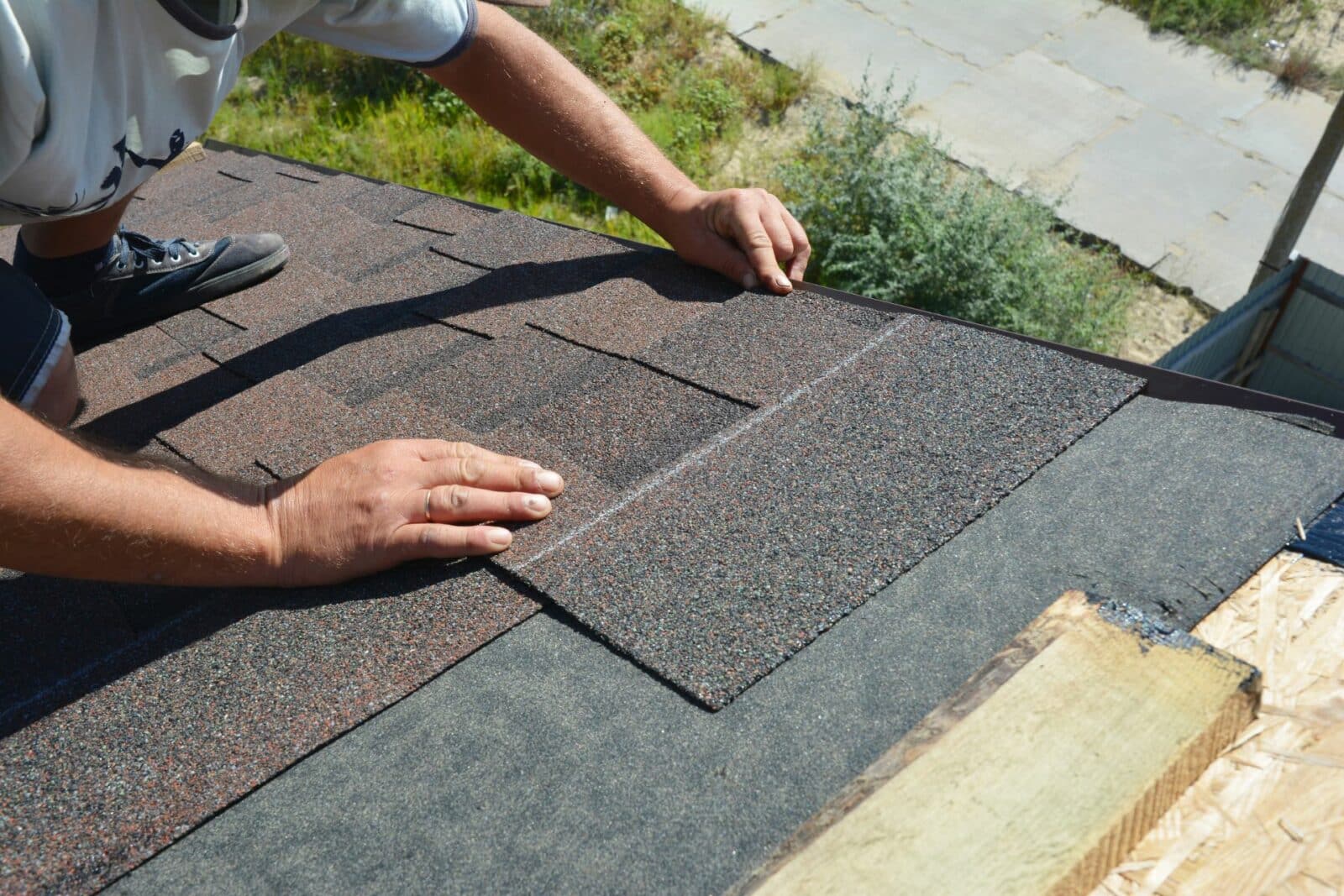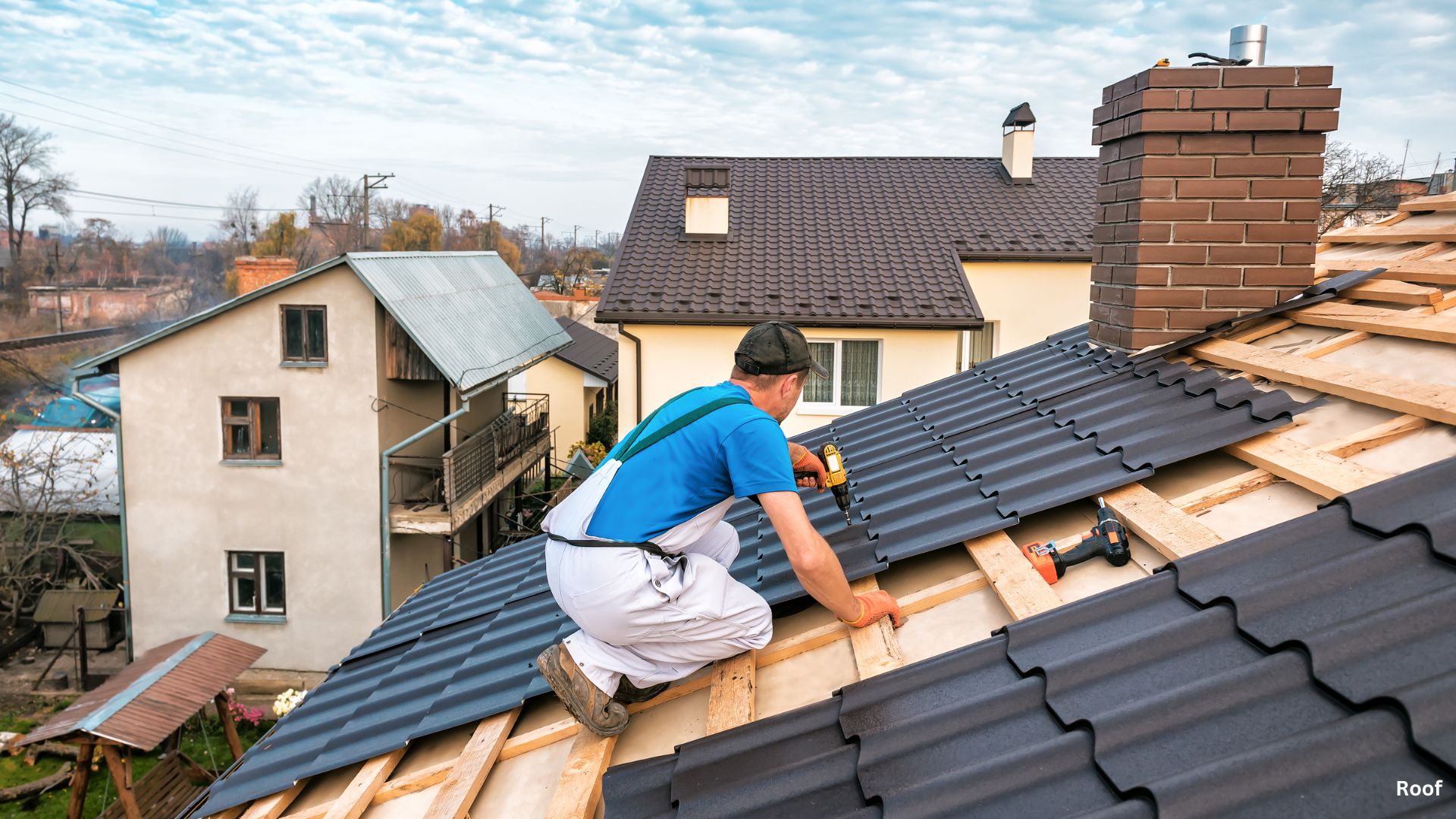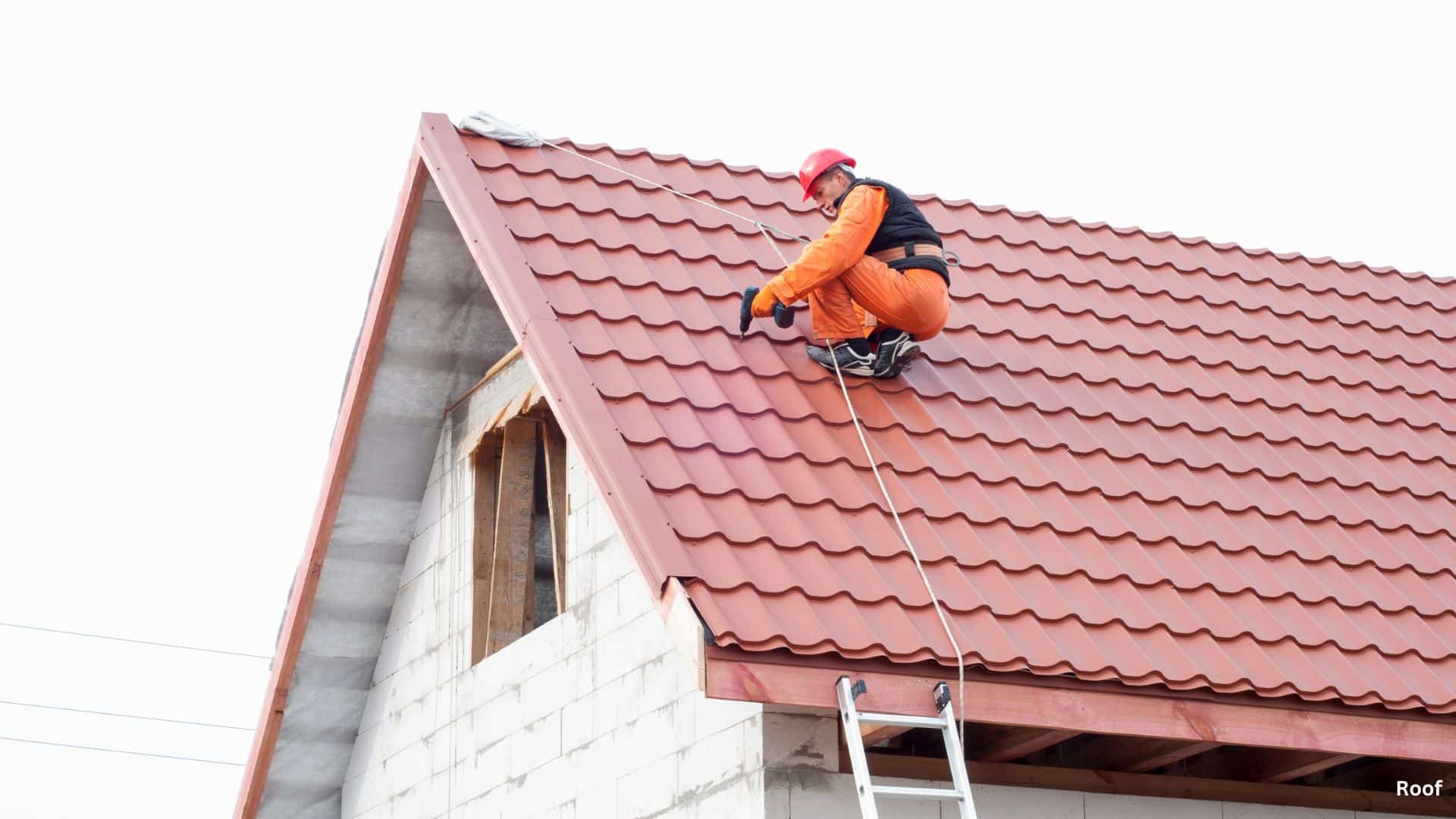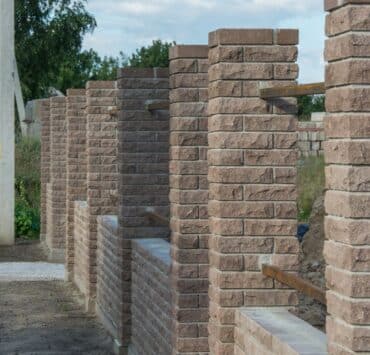Roofs, though vital to any home, often remain in the shadows of homeowners’ awareness. The adage “out of sight, out of mind” captures the essence, leaving roofing contractors familiar with the challenge of bridging the knowledge gap. Understanding fundamental roofing services becomes crucial for homeowners, particularly when it comes to residential roofing, where roof installation and roof replacement are common needs.
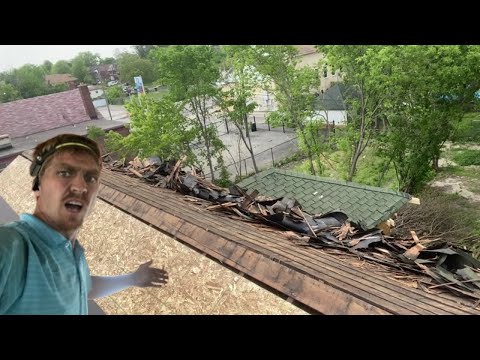
Roof Installation: Building a Shield for Your Home
In new home construction, roof installation is a foundational step, creating the protective canopy for the entire structure. For existing homes, the eventual need for roof replacement arises as roofing materials like shingles, flat roofing, metal roofing, or mobile home roofing wear out over time.
Recognizing signs that a new roof might be necessary includes:
- Visible damage from a storm or weather event.
- Worn asphalt shingles.
- Curled or cupped shingles.
- Cracked shingles.
- Rust on metal roofs.
- Loose metal panels.
When it’s time for a roof replacement, here’s a general overview of what to expect:
| Process | Description |
|---|---|
| Dumpster Delivery | Prepare for removal of old roofing materials. |
| Material Arrival | New roofing materials may arrive before the project starts. |
| Removal of Old Material | The roofing team removes the existing roofing material. |
| Roof Deck Inspection | Evaluation of the roof decking to ensure stability. |
| Roof Deck Replacement | Replacement of damaged roof decking if necessary. |
| Water Barrier Installation | Installation of a barrier to prevent damage from heavy rains. |
| Drip Edge Installation | Installation along the bottom and sides of the roof. |
| Underlayment Securement | Felt or synthetic underlayment is secured in place. |
| Final Cleanup | Removal of fallen debris by the roofing contractor. |
| Final Inspection | A thorough inspection to ensure everything is in order. |
Types of Roof Installations: Tailoring Solutions to Roofing Materials
The process of replacing a roof varies based on factors like roof slope, size, angles, projections, and the type of materials used. Different roofing materials, such as asphalt shingles, metal, tile, and flat roofs, necessitate distinct techniques and tools.
- Asphalt Shingles: Common and affordable, requiring expertise for longevity.
- Metal Roofs: Durable and long-lasting, involving a different installation process.
- Tile Roofs: Known for wind resistance, available in clay or concrete.
- Flat Roofs: Increasingly popular, easy to maintain, and cost-effective.
Roof Repair or Roof Replacement: Deciding Wisely
When faced with a roof issue, homeowners grapple with the choice between repair and replacement. Owens Corning suggests considering the following factors:
- Age of the Roof: If nearing the end of its lifespan, replacement may be more cost-effective.
- Roof Leaks: Persistent leaks may indicate the need for a comprehensive solution.
- Roof Damage: Aesthetic or structural damage must be assessed for the appropriate action.
- Geographical Area: Environmental conditions impact the urgency of roof decisions.
- Cost: Weigh the long-term costs; ongoing repairs might surpass the cost of replacement.
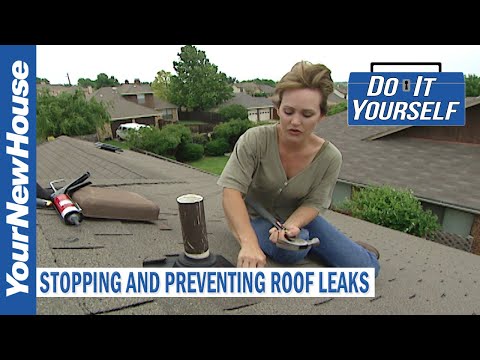
Roof Repair: Safeguarding Your Home from Above
Roofs are often overlooked until an issue arises, but they play a crucial role in protecting the home from the elements. Despite their importance, homeowners frequently neglect roof maintenance, leaving roofing contractors to bridge the knowledge gap. A thorough understanding of fundamental roofing services becomes vital, especially when it comes to recognizing the need for timely roof repair or replacement.
Roof Repair: Addressing Issues Before They Escalate
Roof repair is an essential service that addresses minor issues before they develop into more significant problems. Homeowners should be vigilant for warning signs that their roof may need repair, such as:
- Missing or damaged shingles.
- Leaks or water stains on the ceiling.
- Sagging roof areas.
- Granules from shingles collecting in gutters.
- Flashing around chimneys or vents becoming loose or damaged.
Regular roof inspections can help catch these issues early, preventing more extensive damage that might lead to the need for a full roof replacement.
Roof Repair vs. Replacement: Making the Right Choice
Deciding between roof repair and replacement depends on the extent of the damage, the age of the roof, and the overall cost. For newer roofs with isolated issues, targeted repairs can extend the roof’s life. However, if the damage is widespread or the roof is nearing the end of its lifespan, replacement may be the more cost-effective option in the long run.
The Importance of Timely Roof Repair
Timely roof repair is not just about fixing visible damage. It also helps maintain the structural integrity of the home, prevent water intrusion, and avoid costly repairs to other parts of the house. Addressing minor roof issues quickly ensures the longevity of the roof and keeps the home protected from the elements.
Benefits of a New Roof: Beyond Protection
A roof goes beyond shelter; it contributes to a home’s value and structural integrity. A new roof:
- Increases Home Value: Buyers appreciate a new roof, minimizing future repair concerns.
- Enhances Durability: Provides long-term protection against elements and structural issues.
Understanding these aspects empowers homeowners to make informed decisions about their roofs, ensuring longevity, and maintaining the integrity of their homes. A well-informed homeowner is a homeowner poised for a resilient roof.
Related posts:
 The Ultimate Guide to Exterior House Remodel in 2024
The Ultimate Guide to Exterior House Remodel in 2024
 7 Farm Fence Ideas: Bringing Style & Function to Your Home’s Exterior
7 Farm Fence Ideas: Bringing Style & Function to Your Home’s Exterior
 9 Picket Fence Ideas: Start Your Home’s Story with Style
9 Picket Fence Ideas: Start Your Home’s Story with Style
 15+ Fence Painting Ideas: Transform Your Outdoor Space Today
15+ Fence Painting Ideas: Transform Your Outdoor Space Today
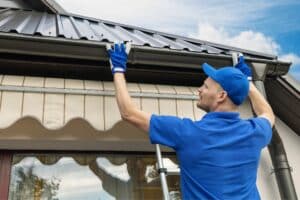 Mastering Metal Roof Installation: A Comprehensive Guide to Elevate Your Home’s Protection
Mastering Metal Roof Installation: A Comprehensive Guide to Elevate Your Home’s Protection
